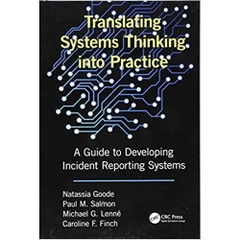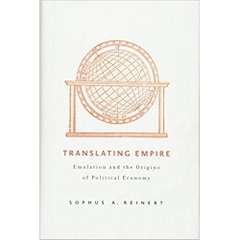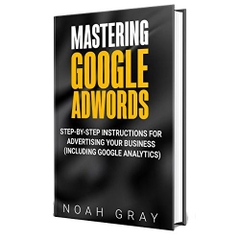-
-
-
Tổng tiền thanh toán:
-
-
Thông tin
-
Tìm sách theo yêu cầu
This book does not intend to teach how to speak English since it is not conceived within a communicative approach. Its approach is descriptive, prescriptive and analytical. It has been created thinking of the student capable of communicating in English at an ALTE 1, ALTE 2 and ALTE 3 level, but who still requires a rational explanation that may help him/her understand the internal mechanism that rules the language in order to improve the quality of their oral and written communication, pass international proficiency tests, such as: Michigan, TOEFL-iBT, GMAT, GRE, TOEIC, IELTS, etc. and move towards a deeper competency in the target language.
Its very didactic structure, its explanations of complex grammatical structures in a very simple language and the use of images, pictures and diagrams make this book an entertaining and facilitating book of linguistic topics that, otherwise, may be arid and boring.
Structure of the Work
The book contains 54 chapters, called capsules, with different grammatical topics, each containing a special section called "Vocabulary Building" that introduces verbs and specific grammatical structures with explanations and simple examples.
The book also contains exercises for all the grammatical topics treated in the capsules, and it offers five exams which consolidate different grammatical issues. Most of the questions in these exams consist of identifying grammatical errors in the sentences.
The book has four appendices:
- Appendix A, containing expressions with the verb DO and MAKE.
- Appendix B, with the singular and plural form of nouns.
- Appendix C, with transitional connectors.
- Appendix D, consisting of an Answer Key to all the exercises and exams of the book.
Morpho-syntactic contents
The book deals with grammatical topics considering the correct form of the structure, its function and possible exceptions and what they may imply semantically. The contents treated are the following:
- The verb "to be" in present and past tenses.
- Parallelism.
- The present continuous tense.
- Such versus So.
- The expressions "lie - lay".
- Direct and indirect speech.
- The simple present tense.
- The expressions "raise - rise".
- The present perfect tense.
- The present perfect continuous tense.
- The simple past tense.
- Other, another, the other.
- The causative verbs.
- The past perfect tense.
- The past perfect continuous tense.
- The future perfect tense.
- The future perfect continuous tense.
- The conditional clauses.
- Use of "as if" and "as though".
- The Pronunciation of "ed" of verbs in the past.
- Hope versus wish.
- Use of "Can" and "Could".
- Use of "May" and "Might".
- Use of "Must".
- Use of "Shall", "Should" and "Ought to".
- The perfect tense of modals.
- The past continuous tense.
- Comparative and superlative.
- Personal pronouns.
- Possessive and reflexive pronouns.
- The expression "used to".
- Question Tags and Rejoinders.
- The expressions "be" and "get" "used to".
- The antecedent of pronouns.
- Future with "will" and "going to".
- Special cases of verb tenses.
- Word order.
- Inversion of subject and verb.
- The verb "stop".
- The noun clause.
- The adjective clause.
- Relative clause reduction.
- Illogical participial modifiers.
- The passive voice.
- The expletive use of pronouns.
- The Subjunctive mood (DRIPS verbs).
- The adverb.
- The adverb of frequency.
- The copulative verb (linking).
- The article.
- Would rather (prefer).
- The verb "have".
- The possessive form of nouns.
- Direct and indirect objects.
Tại web chỉ có một phần nhỏ các đầu sách đang có nên nếu cần tìm sách gì các bạn có thể liên hệ trực tiếp với Thư viện qua Mail, Zalo, Fanpage nhé
Đăng ký nhận tin qua email
Hãy đăng ký ngay hôm nay để nhận được những tin tức cập nhật mới nhất về sản phẩm và các chương trình giảm giá, khuyến mại của chúng tôi.












